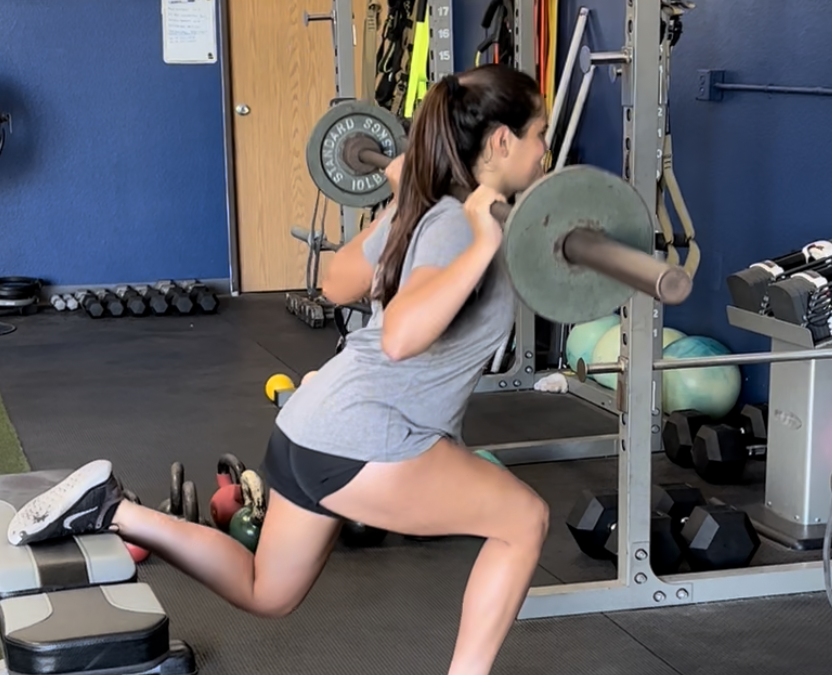All the hype on social media today stresses how cool it is to be huge and lift heavy weights. You can’t look at Instagram, YouTube, or TikTok without seeing some pro athlete or someone trying to be a pro athlete lifting an outrageous amount of weight one time and showing how big or “jacked” they are.
It looks and is impressive, but what you might not know is how much pain they have in their joints, how limited their flexibility is, and how they can’t move fluidly. The goal of strength training is to improve performance on the field, court, or ice.
If it limits performance because of pain, lack of mobility, or lack of stability, is the athlete training to meet the demands of his or her sport or just to look better?
This is not to say that lifting weights isn’t important, but that the goal should be to get stronger so an athlete can perform better on the ice. For a hockey player, it takes strength, power, stability, and stamina to battle for a puck in the corner, then accelerate up the ice while holding off a defender. Just lifting weights will not fully prepare an athlete for competition.
A quality strength and conditioning program looks at the demands placed on the athlete and develops a plan to meet those demands. Lifting weights can definitely help but looking at mobility and functional forms of resistance training in positions that an athlete will be asked to perform in can make a huge difference.
For example, a soccer player spends a majority of his or her time on one leg, so train each leg individually with lunges or rear foot elevated split squats, also called Bulgarian split squats. Other examples may include dumbbell exercises on one side such as a chest press. By using one dumbbell at a time, it engages the core musculature more effectively or medicine ball rotation throws in a split stance which may mimic a skater holding off a defender while attacking the net.
Social media has done a great job of educating people on new concepts of exercise and performance training, but you need to look and see if the training is appropriate for you specifically and will it help you reach your goals. Just because certain exercises work for some, doesn’t mean they will work for you.
Make sure to maximize your effort into becoming a better, more injury-free player instead of one that looks better in the mirror.
Chris Phillips is a Certified Athletic Trainer and Strength and Conditioning Specialist with over 30 years of experience in professional hockey, football, and soccer and was an Athletic Trainer for the Czech Republic in the 2022 Winter Olympics. Chris is the owner of Compete Sports Performance and Rehab in Orange County, CA and can be reached through www.competeperformance.com

